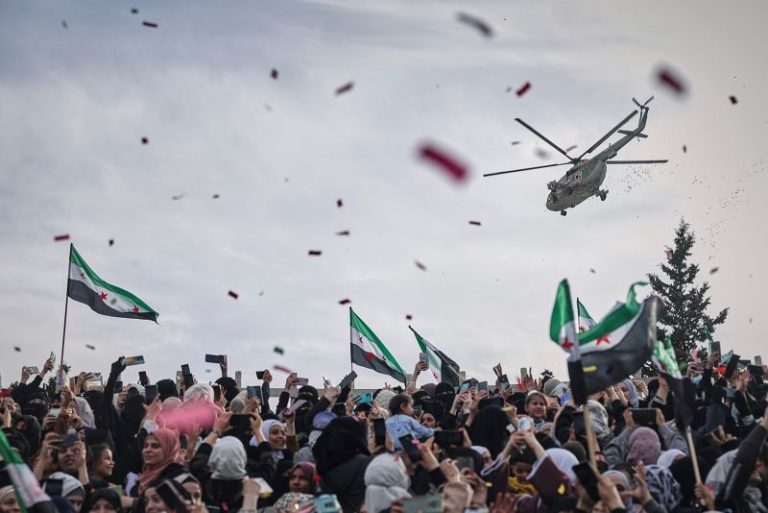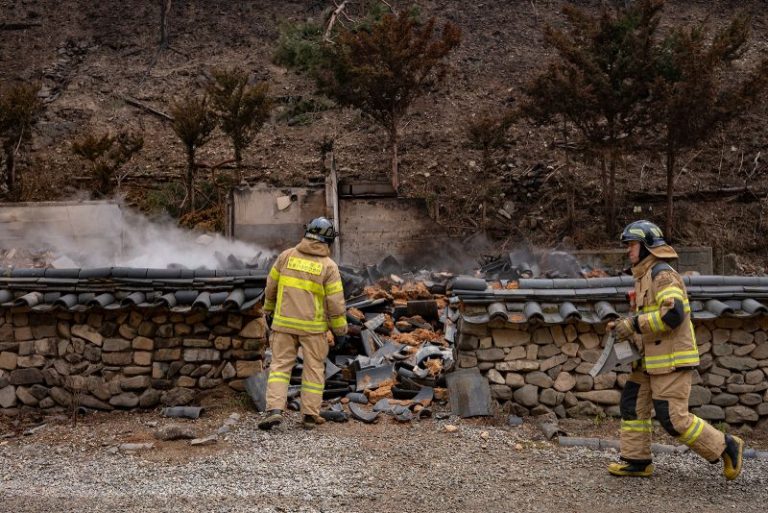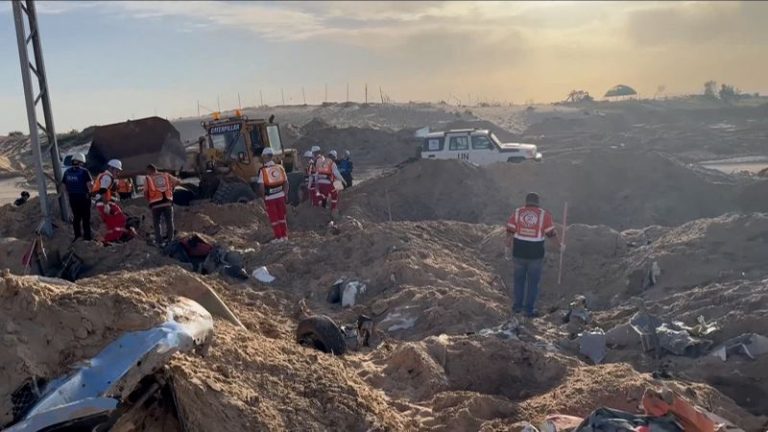Seven thousand head of cattle used to roam Ziwa ranch, a 27-square-mile (70-square-kilometer) expanse of grassland in central Uganda. Today, the cattle have gone and grazing in their place are rhinos – the only ones in the country living in their natural habitat.
Not long ago, Uganda used to be home to both the black and northern white species of rhinoceros. But by the early 1980s, due to poaching, trafficking and political turmoil under the dictatorship of Idi Amin, native populations – once thought to number around 700 – were wiped out.
More than a decade later, an initiative to bring back the majestic animals was born, with newly formed charity Rhino Fund Uganda approaching Captain Joseph Charles Roy, former pilot and owner of Ziwa cattle ranch, which they had targeted as prime rhino habitat, with the idea that he should move the herds of cattle out, and rhino in.
Roy – a lover of animals and an aspiring conservationist, according to his daughter – agreed, and in 2005 and 2006, six southern white rhinos were relocated to the ranch; four coming overland from Kenya and two flown over from Disney Animal Kingdom Florida on Roy’s own cargo airline. Numbers of northern white rhinos were so low (today, there are only two left in the world, both females) that the native subspecies could not be reintroduced.
No one fully expected what happened next. The team knew the ranch was an ideal habitat for the species – a mix of swamps, savannah and woodland – but they didn’t envisage the scale of success. Today, there are 48 rhinos at Ziwa, with five born in the last three months. In contrast, a pair of rhinos moved to Uganda’s Wildlife Conservation Education Center, formerly known as Entebbe Zoo, at the same time as the Ziwa rhinos were introduced, and have had no offspring whatsoever.
However, if the birthrate continues, the rhinos will soon outgrow the ranch – begging the question: where will they go, and will they be safe?
Wendy Roy, daughter of Captain Roy, has since taken over some of Ziwa’s management in collaboration with the Ugandan Wildlife Authority (UWA). The ranch has lodges for tourists and offers walking safaris to see rhinos, shoebills, leopards, antelopes, warthogs and other wildlife, with the funds generated going back into rhino conservation.
Brought up between the UK and Uganda, she is the first to admit that she was not born a conservationist, but now, as she gets more involved, she is starting to see the magic in it.
“Sometimes in the evenings, when I see the rhinos coming towards HQ, I think, ‘Wow, this looks like the Garden of Eden,’” she says. “It’s incredible: not just rhinos but zebras, antelopes, waterbucks. It’s surreal, it’s peaceful and, of course, you have to respect your environment and be equally as peaceful as the animals.”
Roy believes this serene environment is one of the secrets to Ziwa’s success: “It is just conducive for breeding: they’re not stressed.” Also key are the rangers who provide 24/7 protection. Each rhino family is monitored day in and day out by at least two wardens, while other rangers patrol Ziwa’s perimeter fences. This deters poachers seeking rhino horns for the illegal wildlife trade, and it allows wardens to monitor rhino behavior, gathering detailed data that can be used to inform rhino conservation globally.
Sharif Nsubaga has worked as a ranger at Ziwa for more than 10 years. “Every hour, we record the rhino activities and their behaviors, like feeding, urinating, defecating, resting, eating,” he says, adding that as a result, he has formed a close bond with the rhinos. “I know how each individual behaves: I know that this one is more aggressive, this one is unpredictable.”
His favorite, he confides, is Bella, one of the original rhinos brought over from Kenya who has birthed around seven calves and is now a grandmother. “She is one of the calmest rhinos in the sanctuary,” he says.
It has always been Ziwa’s central mission to breed enough rhinos so that they can be translocated to other areas of the country, such as national parks where rhinos once roamed. But the reality of replicating this stable environment has been a challenge.
Many of the national parks are unfenced and suffer from high levels of poaching from communities living nearby, as well as the encroachment of human settlements and resulting human-wildlife conflict.
Related article Meet the conservationist saving gorillas in Uganda’s ‘impenetrable forest’
The UWA has been preparing Ajai Wildlife Reserve, which was once a stronghold of the white rhino and lies 136 miles (220 kilometers) northwest of Ziwa, for reintroduction since 2021. But there have been several hold-ups, due to a lack of funding, challenges relocating people living within the park boundaries, and a shortage of rangers, says John Makombo, UWA’s conservation director.
Next month, community members who have agreed to compensation will be relocated to new homes outside of the reserve, he says, and in May, UWA will start constructing an electrified enclosure where the rhinos will be kept. He adds that they are already restoring the vegetation to make it a suitable habitat, and have started recruiting rangers, including people from the local community, who will be trained from June onwards.
Those at Ziwa are cautiously optimistic; they have been given dates before that have come and gone. This time however, there is more urgency. Roy estimates that Ziwa has the capacity for around 70 or 80 rhinos, but she adds that they are expecting a new intake of eight individuals from another African country soon, bringing its population to around 60. This new intake is much needed, she says, to diversify the gene pool and maintain a healthy population.
Moving rhinos from Ziwa to Uganda’s national parks is an exciting step, says Dr. Gladys Kalema-Zikusoka, a veterinarian who has revolutionized gorilla conservation in Uganda and is founder and CEO of the nonprofit Conservation Through Public Health, but she warns that it needs to be met with solid investment.
Related gallery Black rhino: Back from the brink
However, if the move is successful, the benefits could be significant. Makombo says that if rhinos start reproducing in Ajai, they will look to reintroduce them in Kidepo, Murchison Falls and other national parks across the country. This will not only help to enhance biodiversity, he says, but boost Uganda’s wildlife tourism.
There is also a symbolic importance, says Kalema-Zikusoka. “During the Idi Amin days, the elephants were almost poached to extinction; the rhino, sadly, was actually poached to extinction … By bringing back the rhino, it shows that Uganda is stable again and can look after rhinos in their natural setting, which will be amazing.”
This post appeared first on cnn.com










